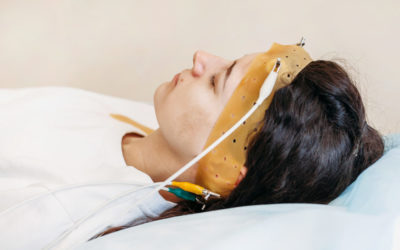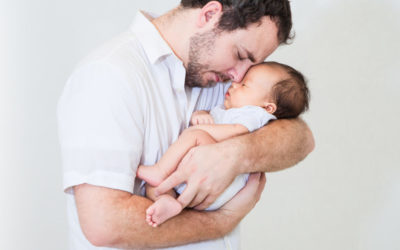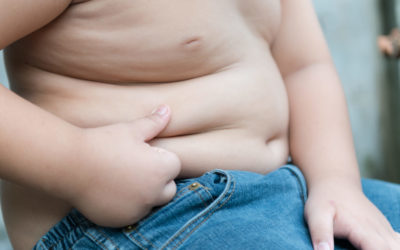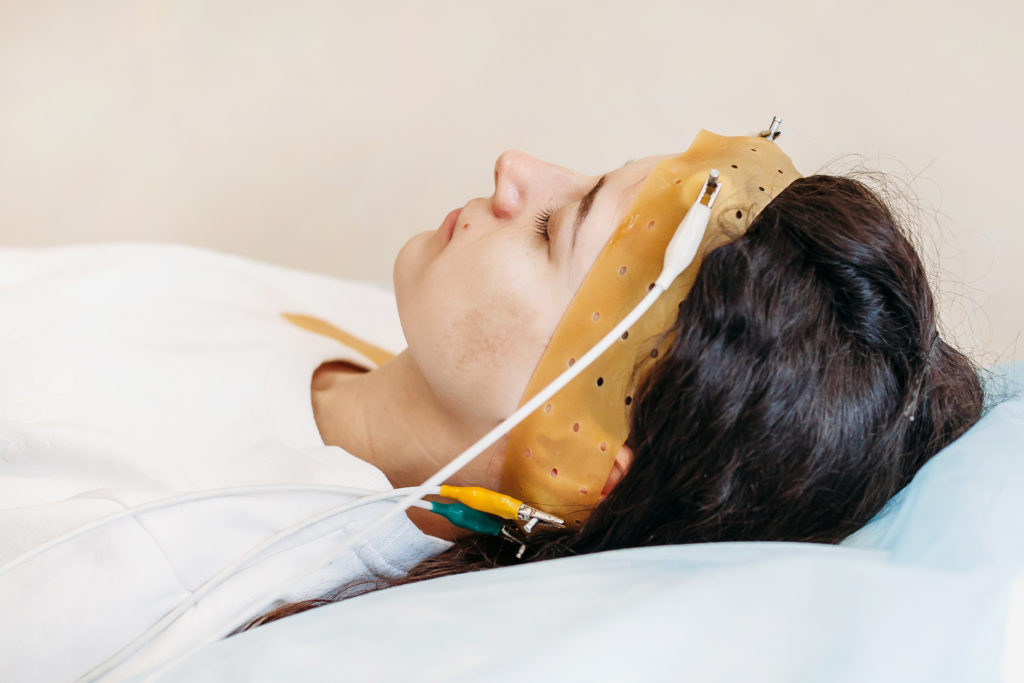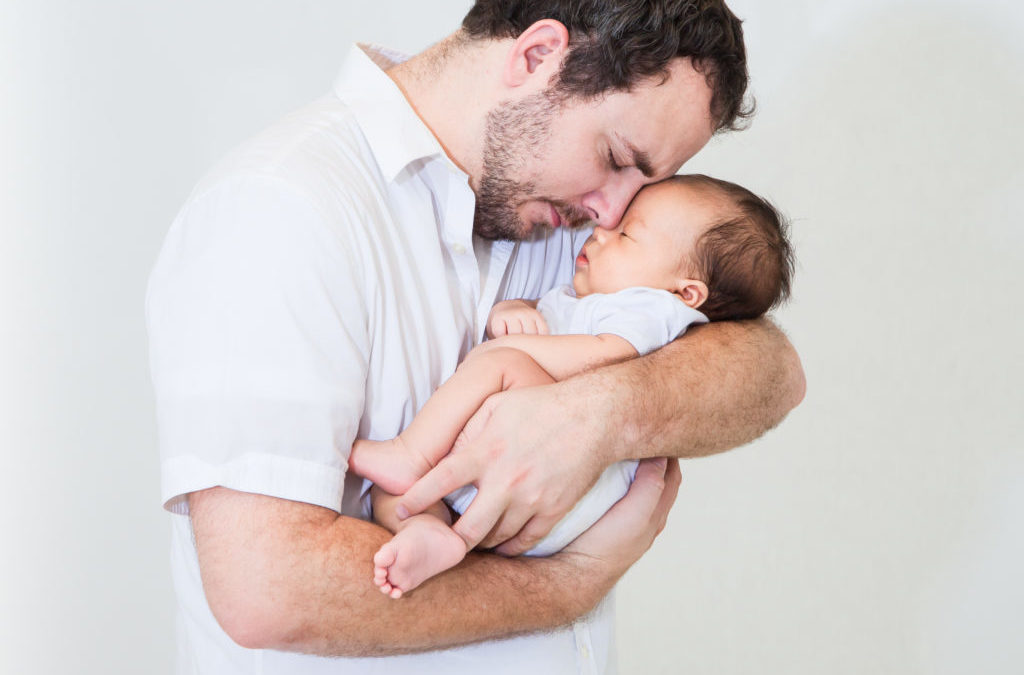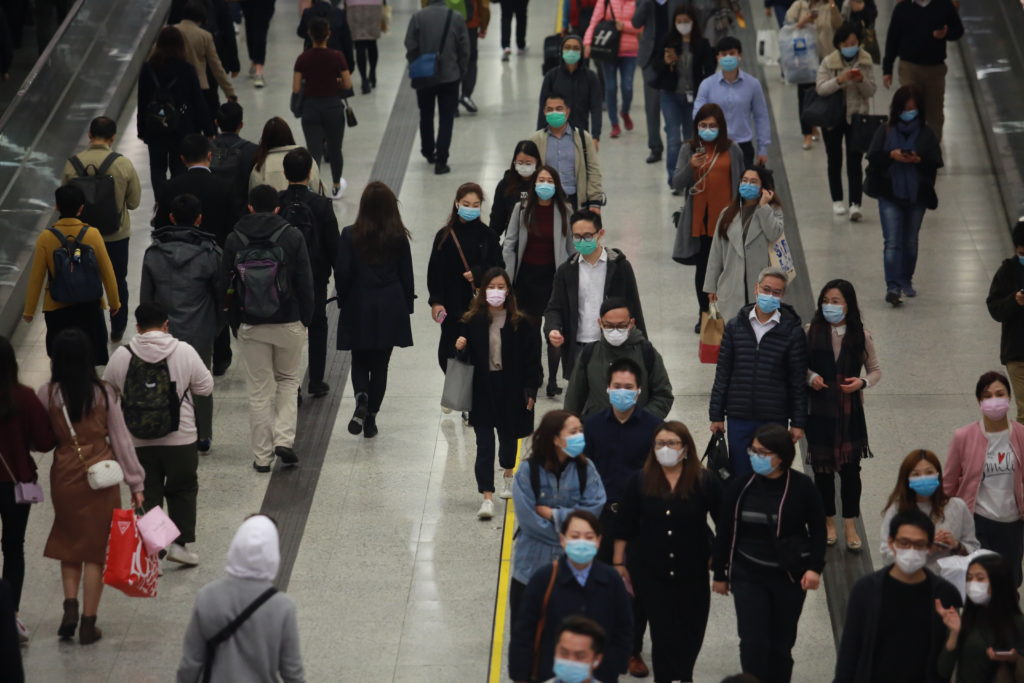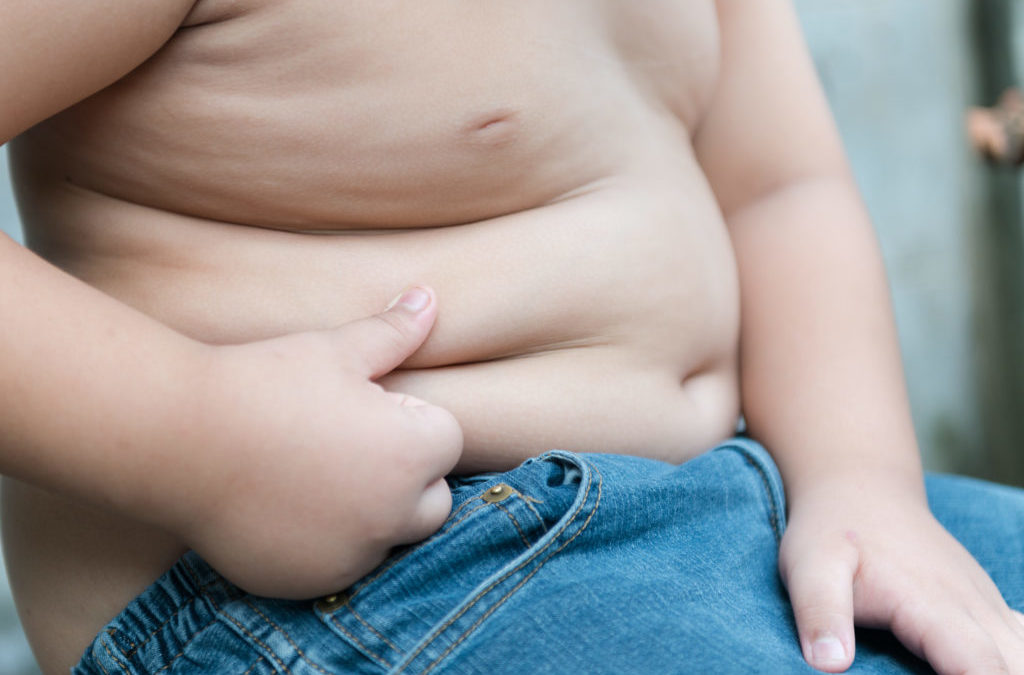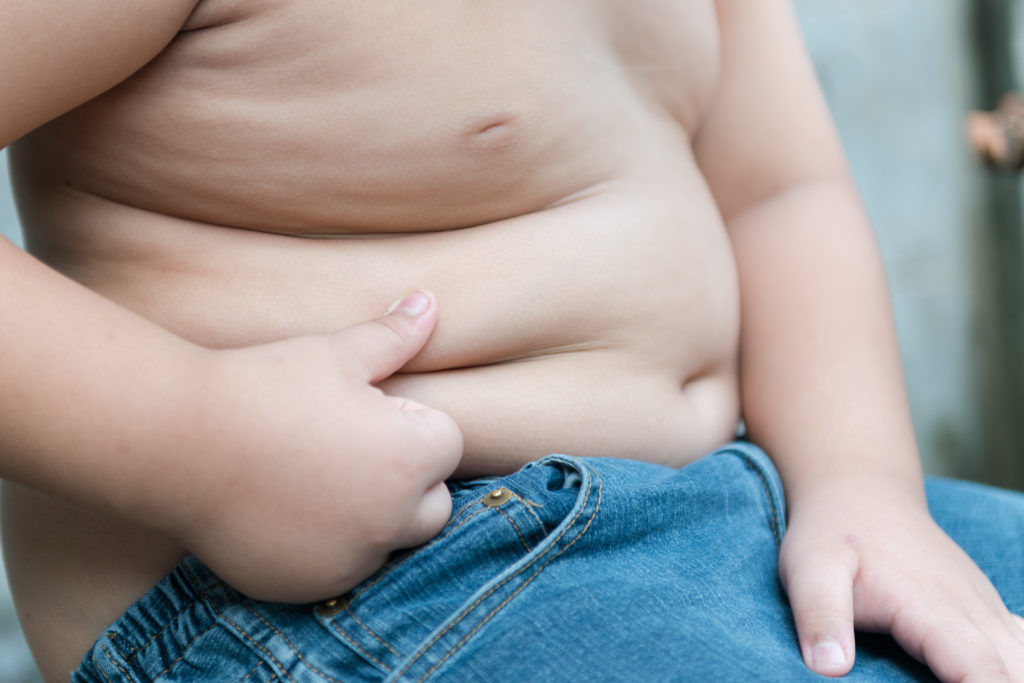We might assume that agreement would be high in high-performing teams – this study shows the opposite…

Disagreements Improve Team Perception
Quick Hits
Daily brief research updates from the cognitive sciences

When it comes to teams, we like to think of team cohesion and getting on well together which often aligns with team performance. In fact, we at leading brains have developed team assessments measuring just this.
We however, also state that a certain amount of misalignment, diversity of opinion is a good thing – just too much misalignment and disagreement blocks effectiveness of the team. And this research into military teams also shows something interesting in disagreements.
The researchers from the U.S. Army Research Laboratory investigated identification of armoured vehicles in 29 two-person teams. Identifying types of armoured vehicle is essential in combat: you could fire on a friendly vehicle or let an enemy vehicle pass. Armoured vehicles are also difficult to distinguish apart particularly when viewing with limited angles or under time pressure.
What they found is that teams that disagreed more were better at combat identification. This may seem slightly counter-intuitive – with the assumption that high-performing teams would be better at first-off identification and therefore disagree less. However, it seems that disagreeing with a first guess forces people to justify their opinion, and this created more clarity and potential corrections.
This raises an interesting perspective in business teams that disagreeing with a person’s point of view could lead to better discussions and therefore better decisions. Assuming this can take place with the right atmosphere. So, disagreeing should be seen as a positive thing to do to engage in better decision-making.
Another note is that in this particular study they did further analysis of the abilities that contribute to correct identification. What they noticed is that spatial abilities are important to identification of the correct vehicles, unsurprising. But also, that the ability to communicate was essential.
In addition, they analysed gender and saw no correlations to gender composition of teams. So individual spatial skills and ability to communicate were the key factors irrespective of gender.
So, all in disagreements are good, specific skills also, and communication abilities are key.
This was in a very specific scenario, I know, but I assume much of this translates to functional teams of all sorts in the military and business. Indeed, plenty of other research has also pointed to these as being essential attributes of high-performing teams. So go ahead and disagree at your next meeting.

Andy Habermacher
Andy is author of leading brains Review, Neuroleadership, and multiple other books. He has been intensively involved in writing and research into neuroleadership and is considered one of Europe’s leading experts. He is also a well-known public speaker, speaking on the brain and human behaviour.
Andy is also a masters athlete (middle distance running) and competes regularly at international competitions (and holds a few national records in his age category).
References
Anthony L. Baker, Joseph R. Keebler, Emily C. Anania, David Schuster, John P. Plummer.
Team Combat Identification: Effects of Gender, Spatial Visualization, and Disagreement.
Human Factors: The Journal of the Human Factors and Ergonomics Society, 2020; 001872082090228
DOI: 10.1177/0018720820902286
More Quick Hits
Disagreements Improve Team Perception
Brain Cells Adapt to Help You Stay Awake
Falling asleep is a funny thing – you don’t need to think about it when it happens but can cause many people who can’t incredibly frustration…
Dad Brain is Real
We know that mothers go through multiple physical and psychological changes after birth (and before) including change in brain structures but what about fresh fathers?
Mask-Wearing Makes You Better Behaved
This is a fascinating study that shows that wearing masks changes behaviour in subtle but important ways…
Coffee Can Help You Live Longer
Yes, that is good news for you (us) coffee drinkers. This supports plenty of more recent studies which have shown the health benefits of coffee…
Big Kids Die Earlier!
Before you panic – the conclusion in the title is based on research into mice not human beings – but there could potentially be some important insights for us human beings as well.


